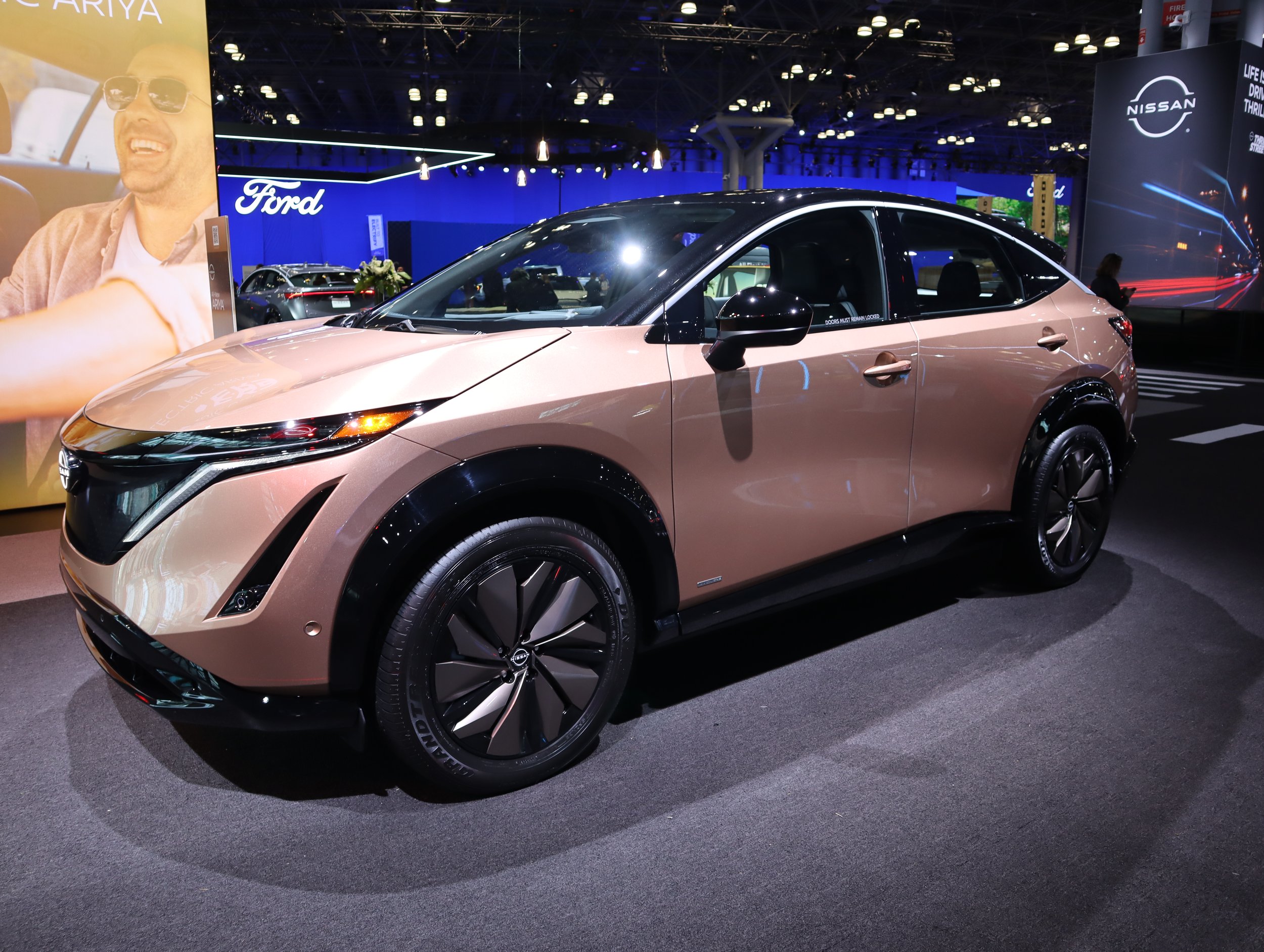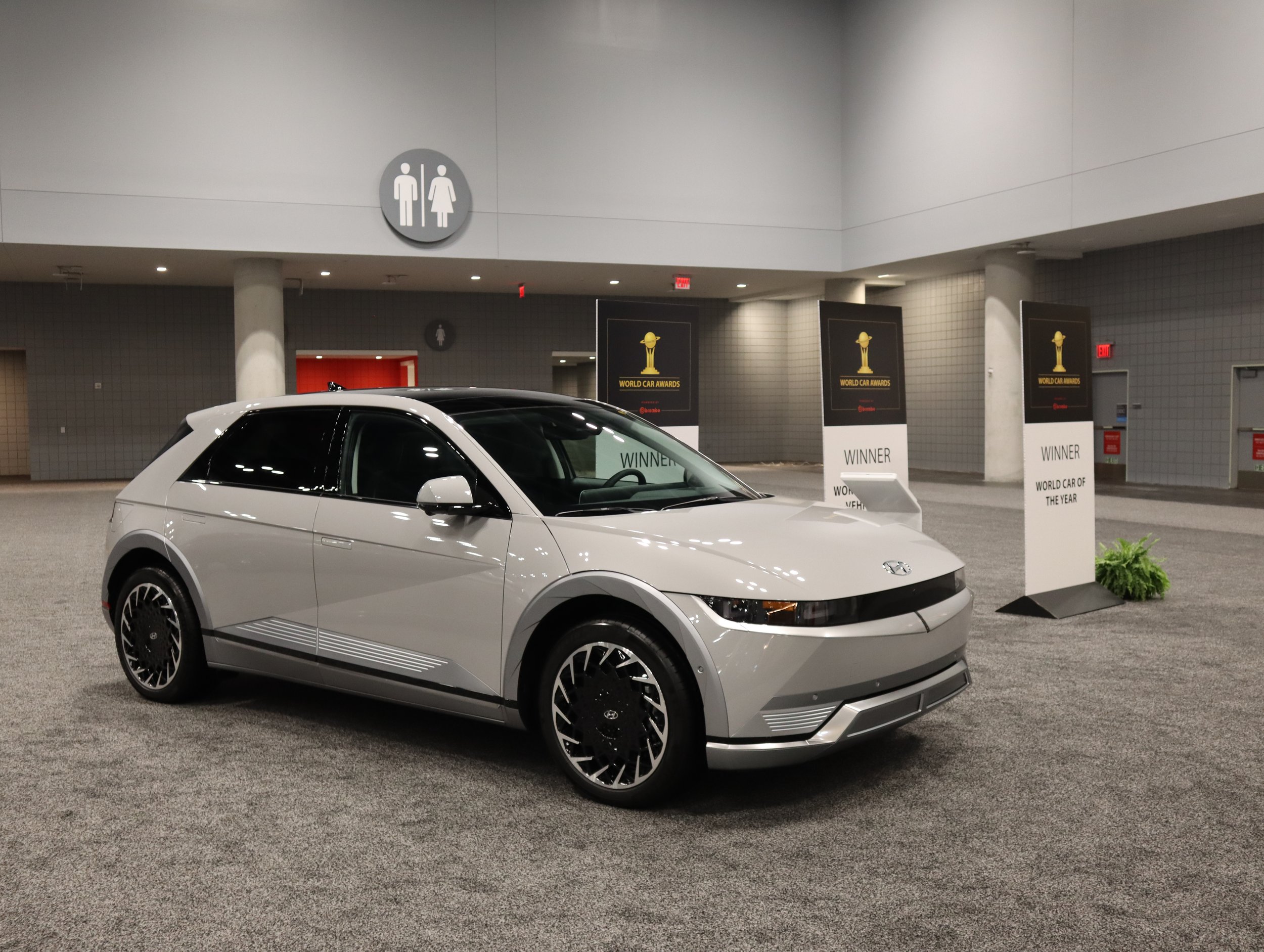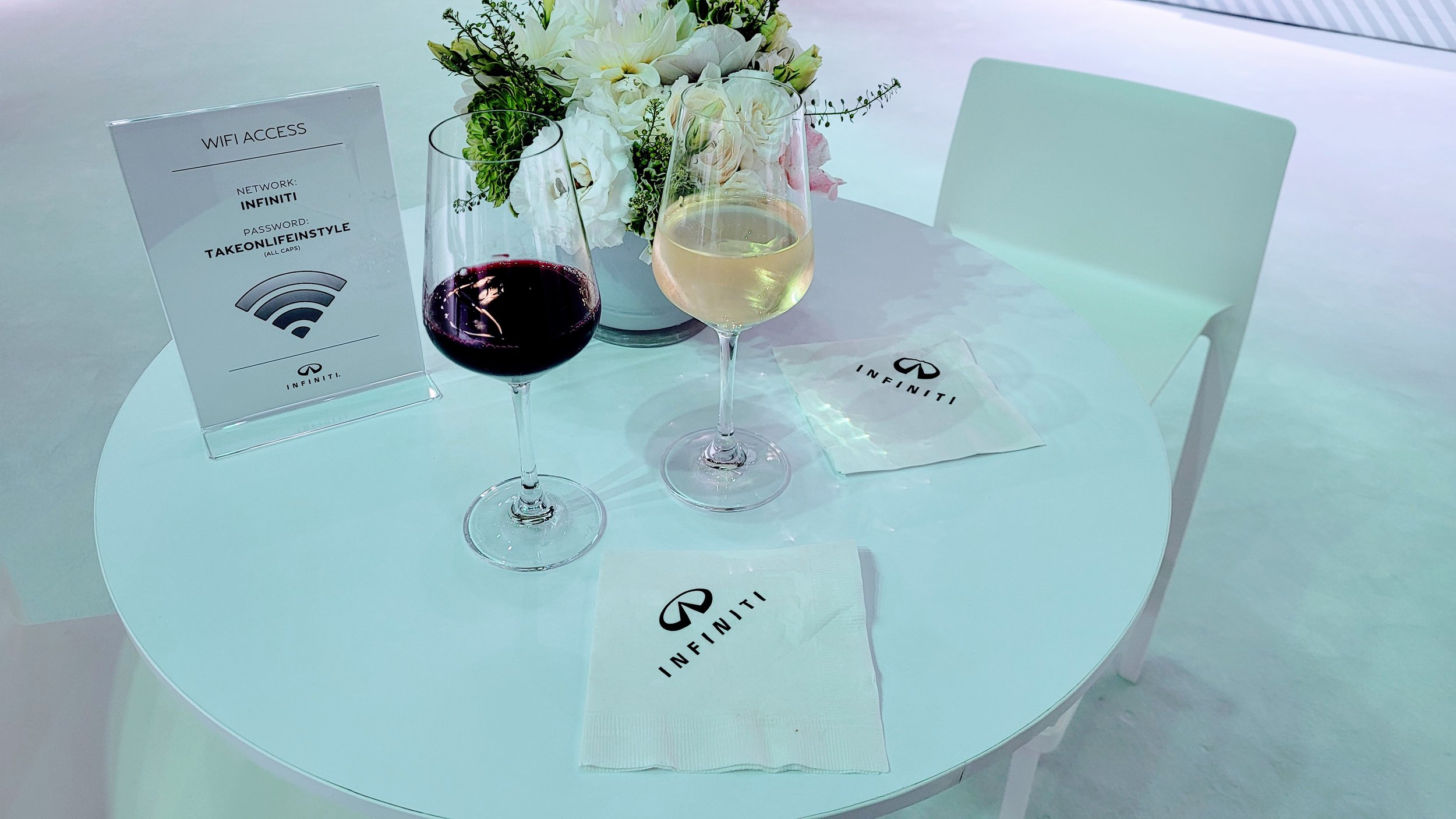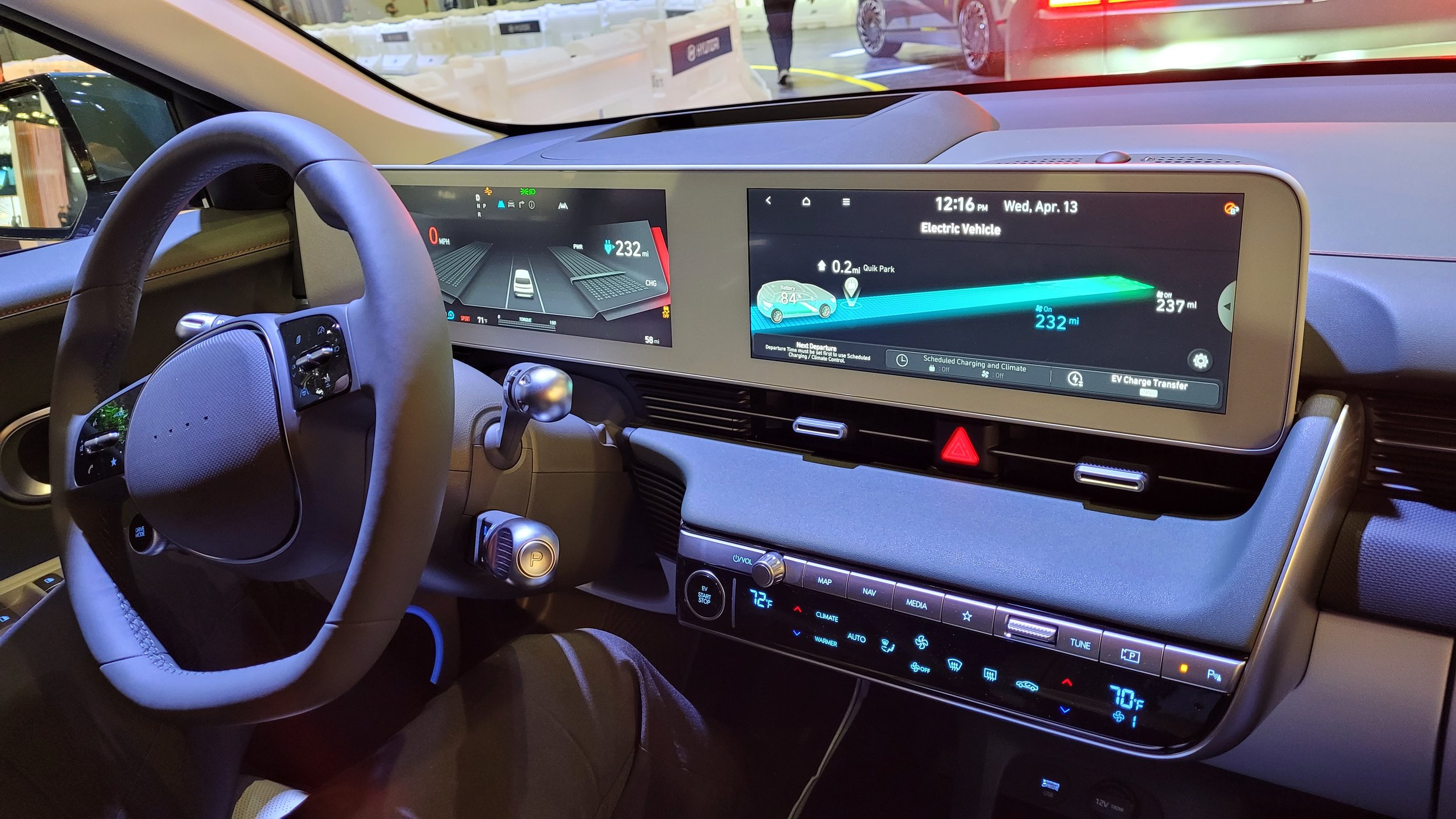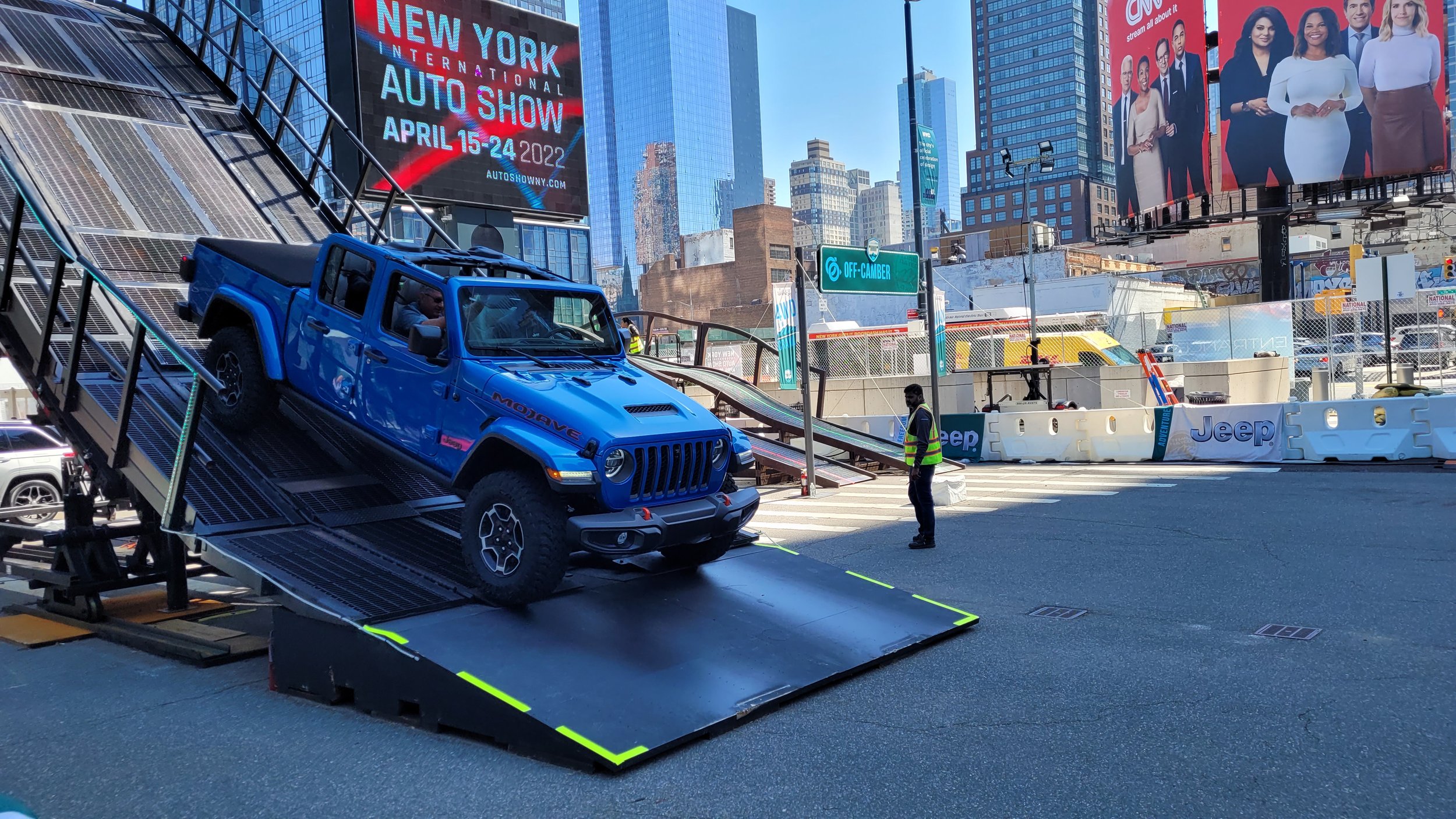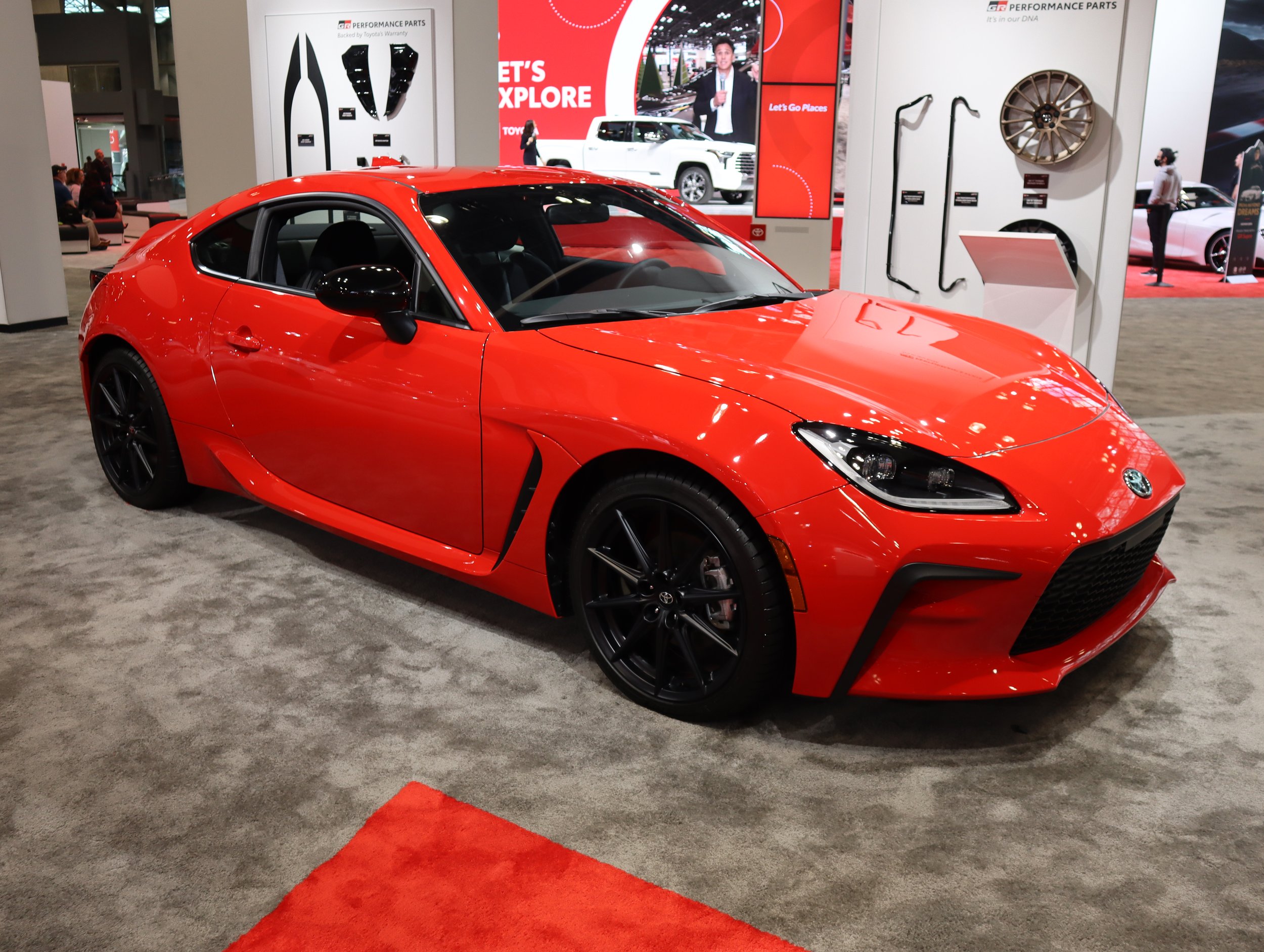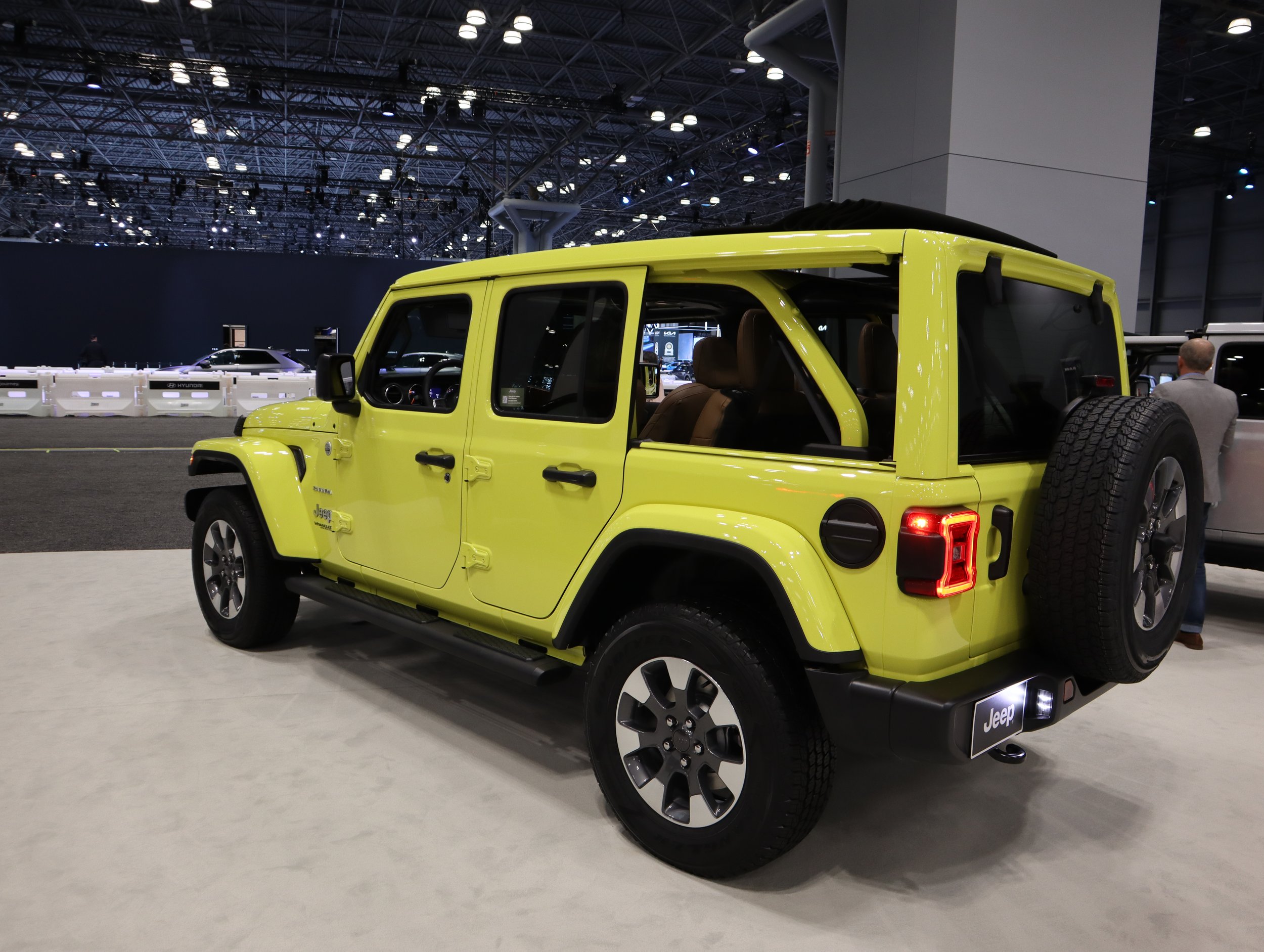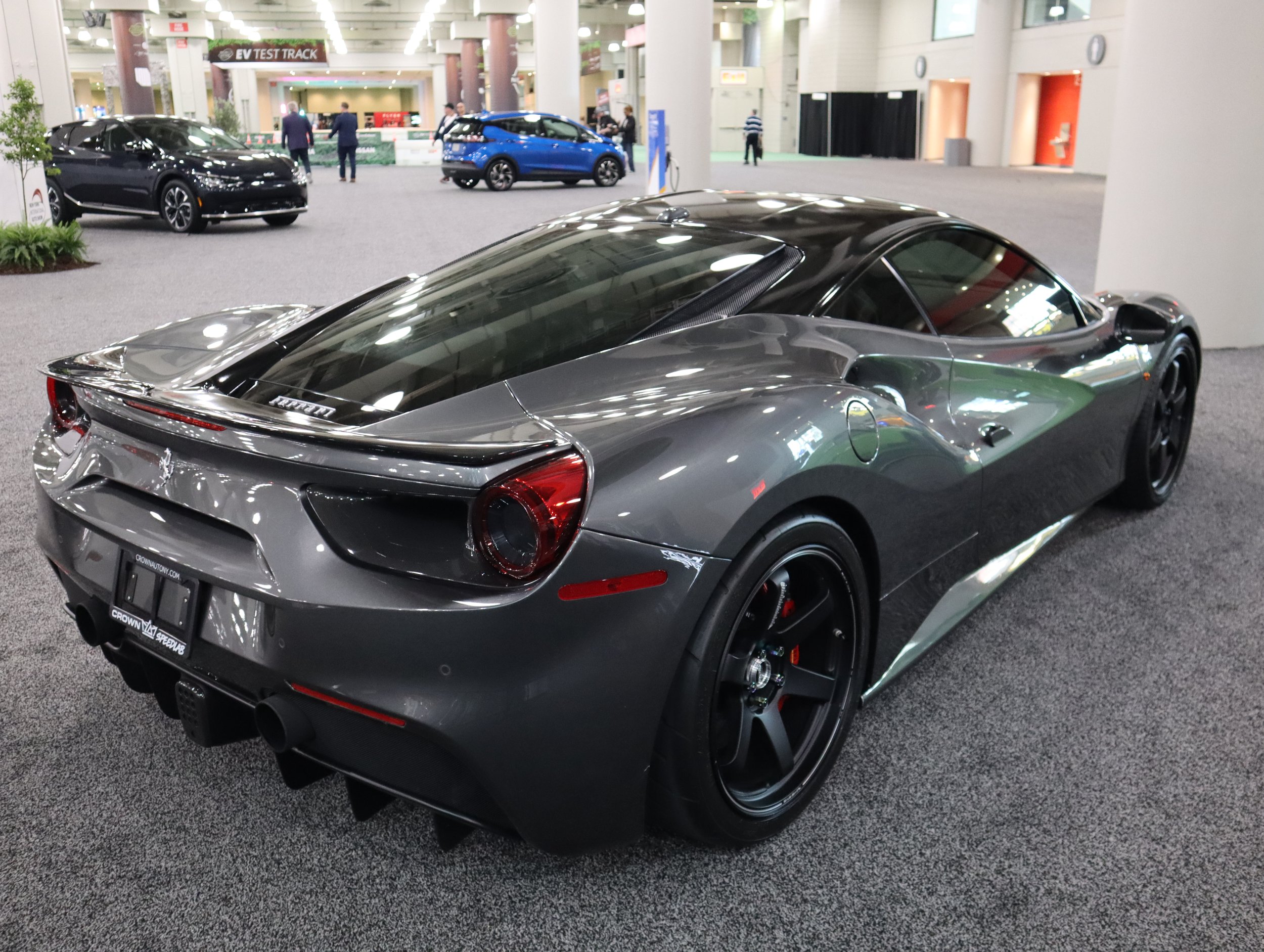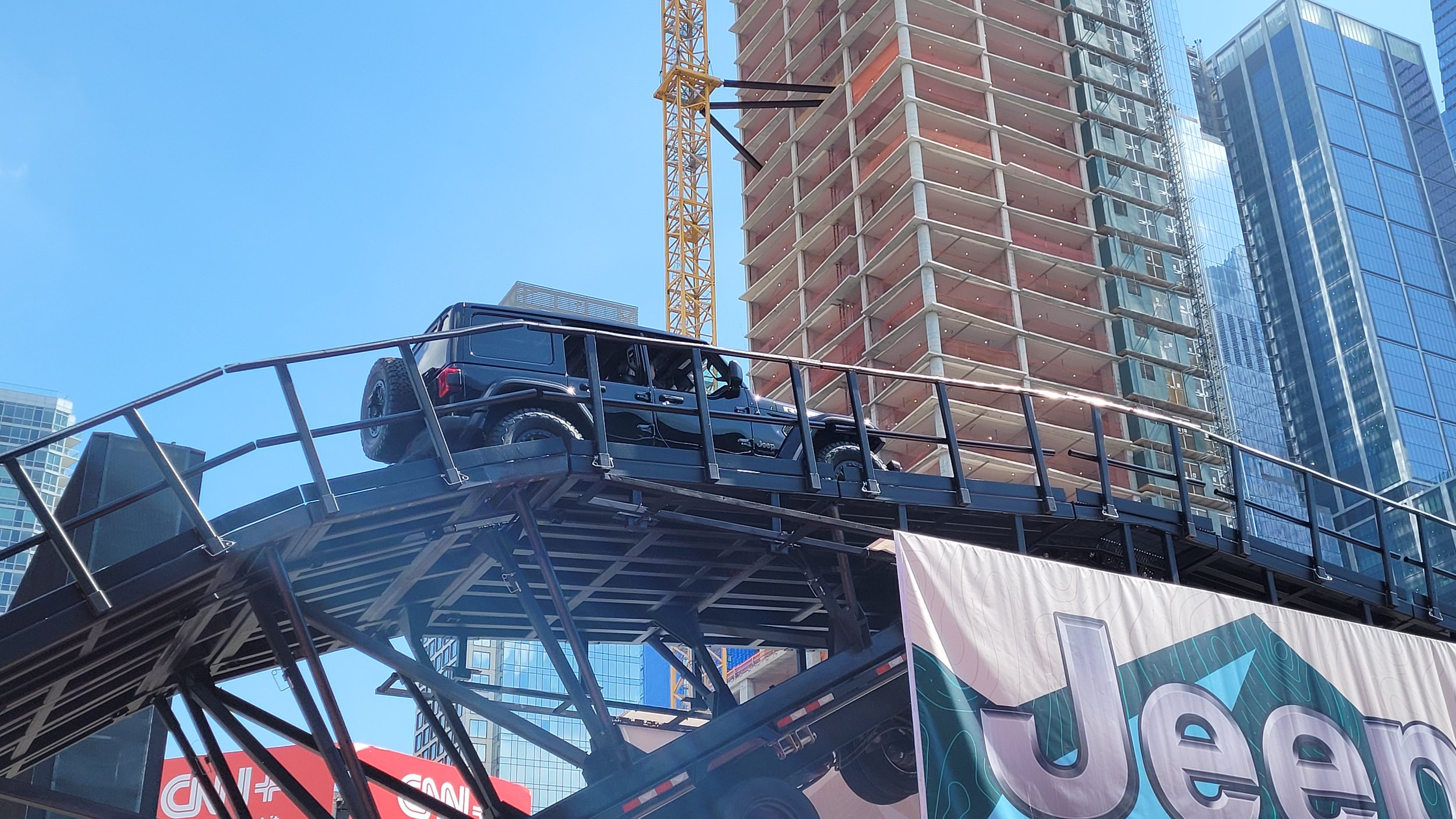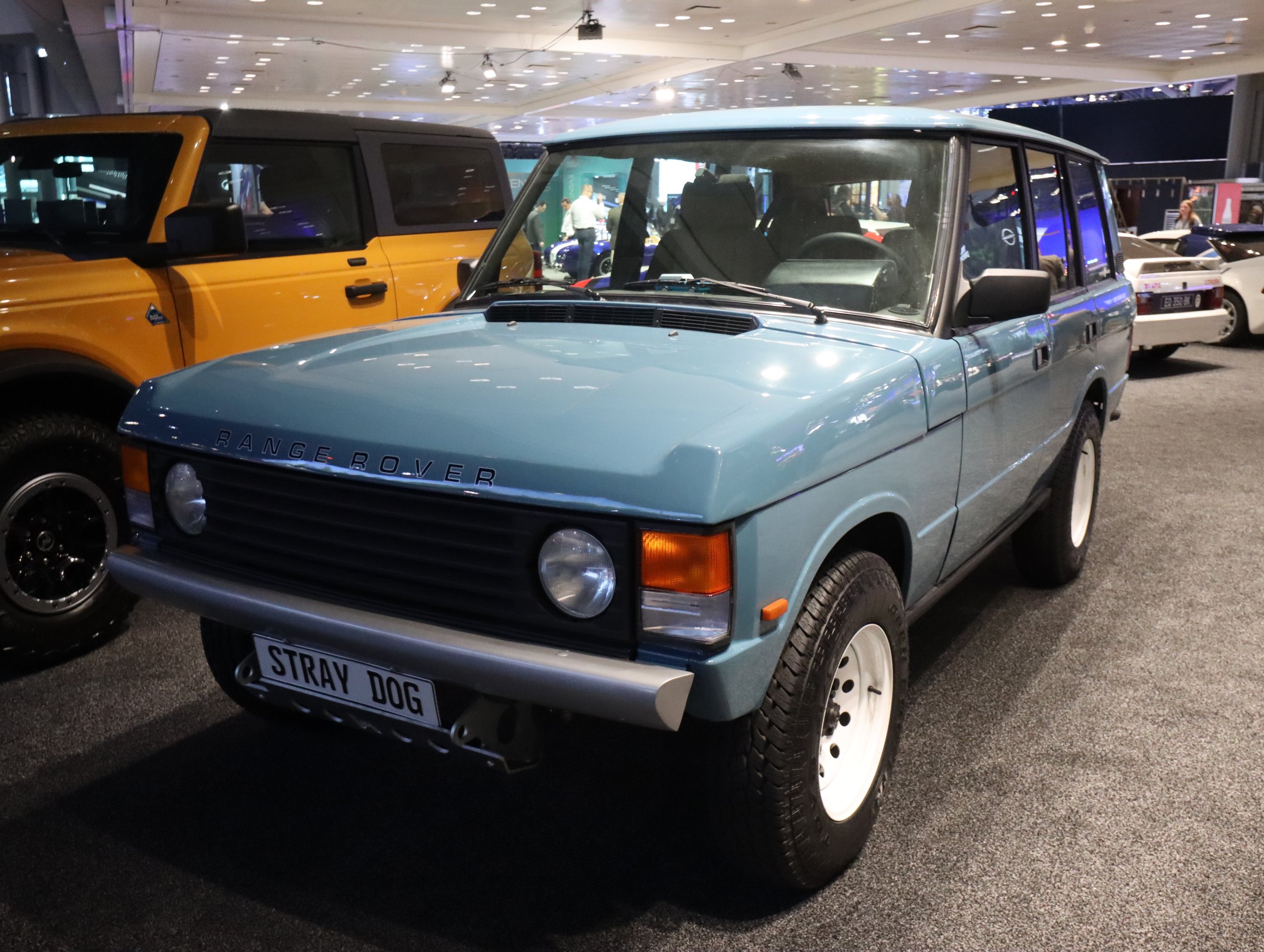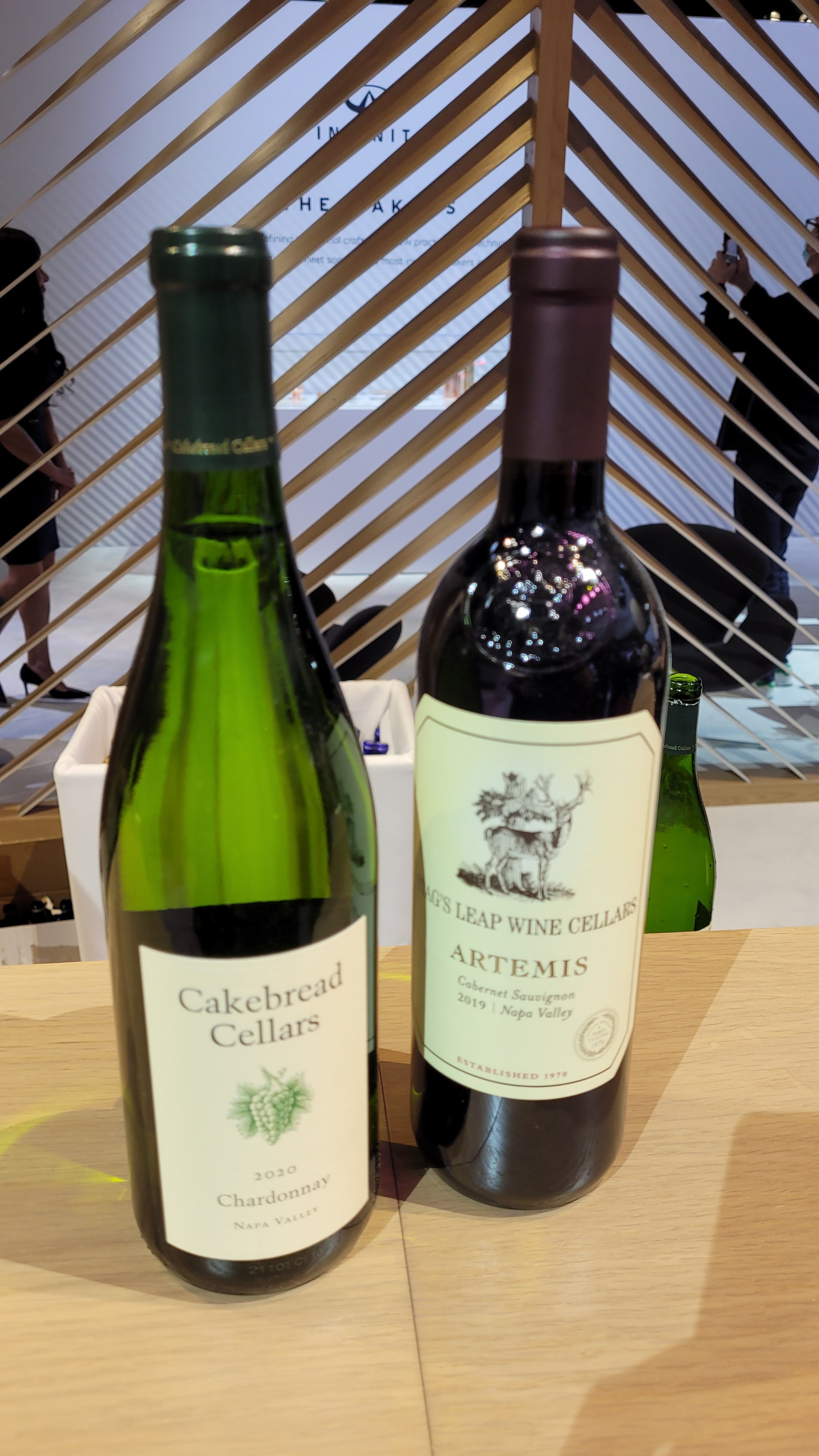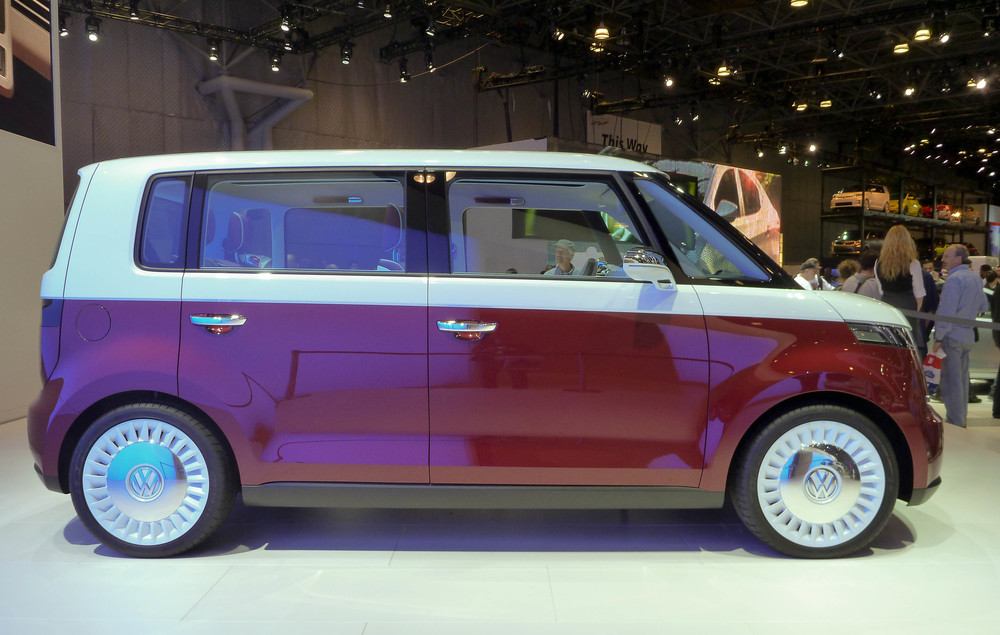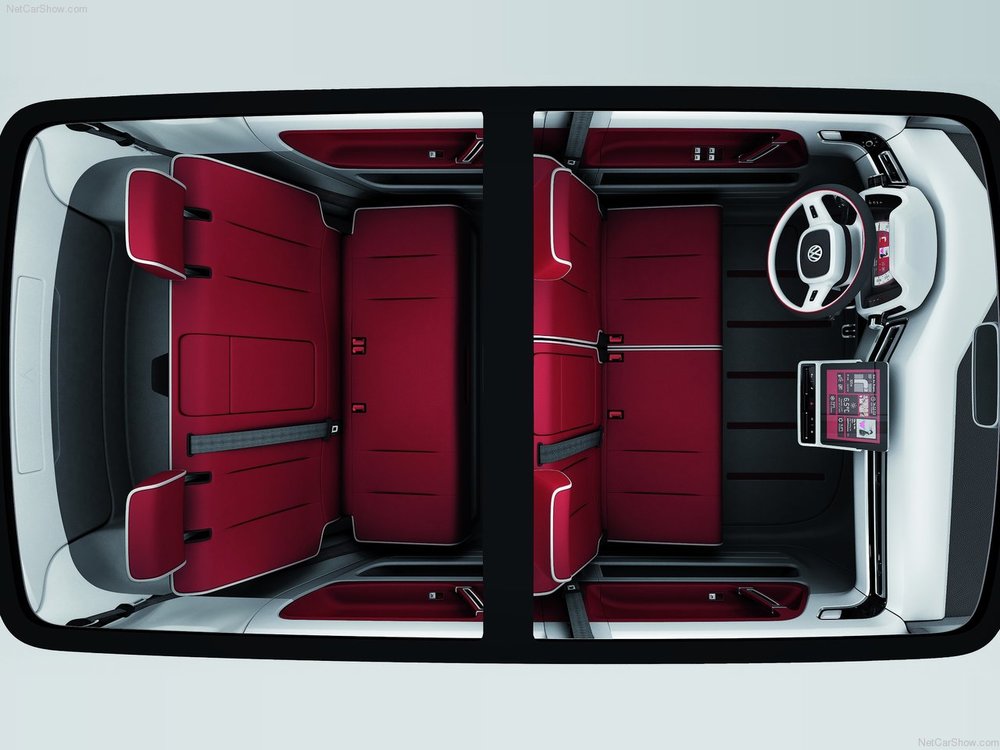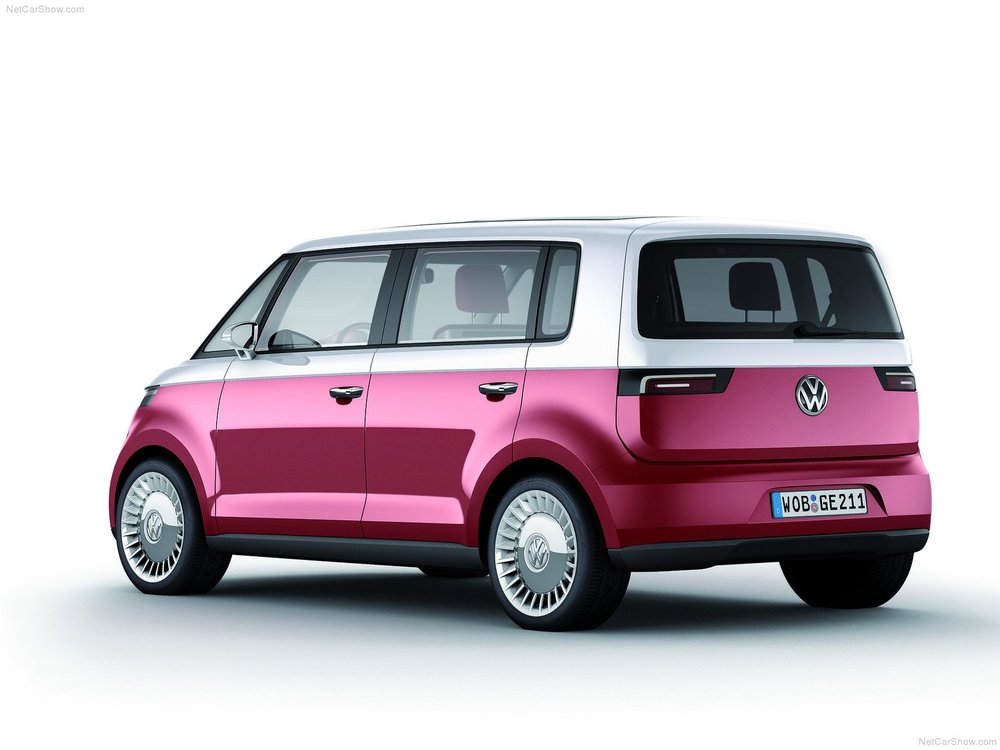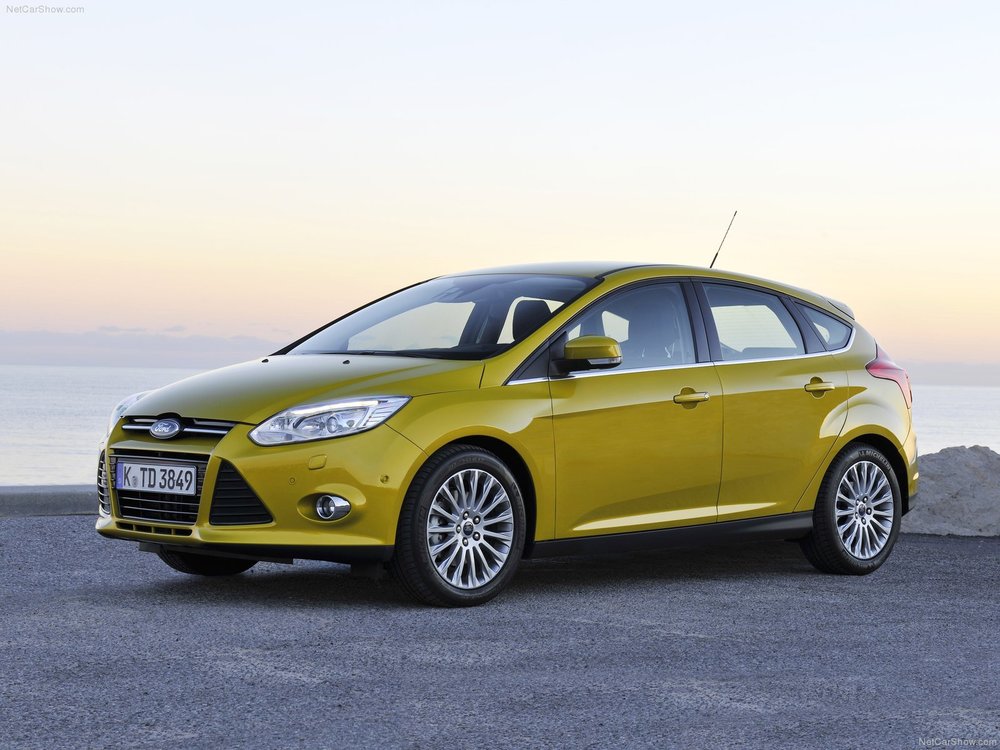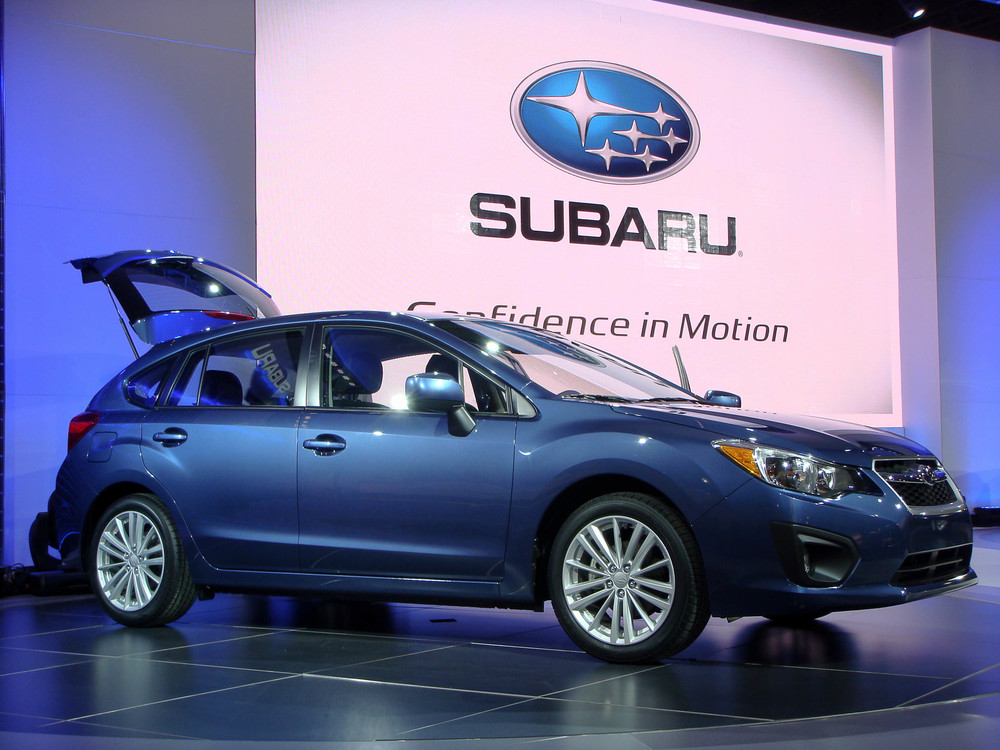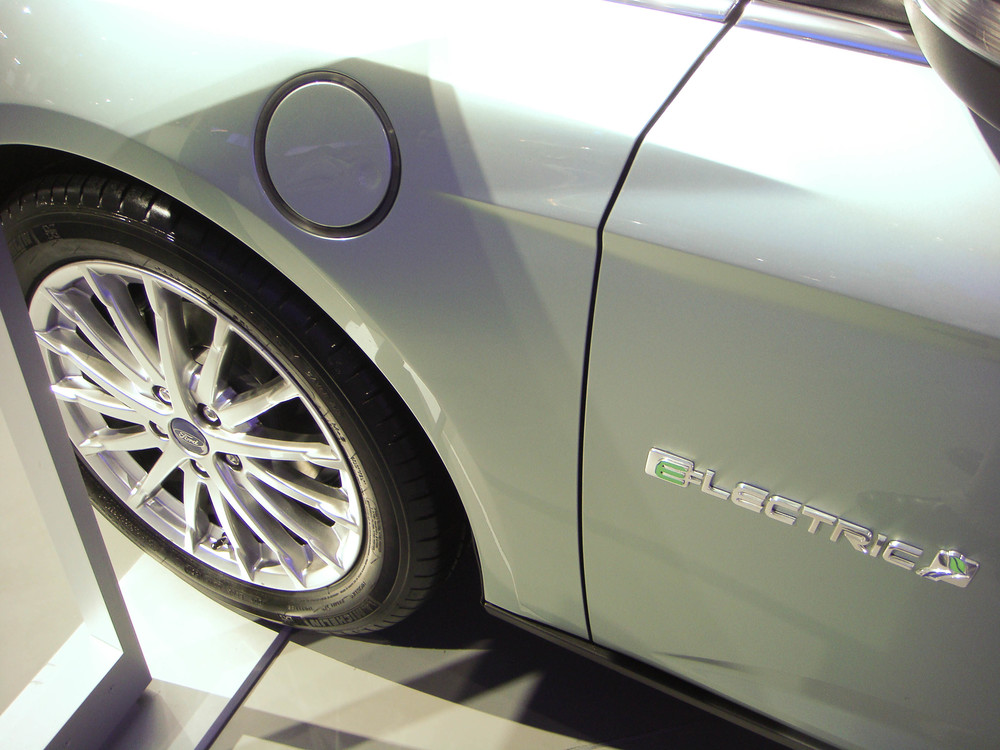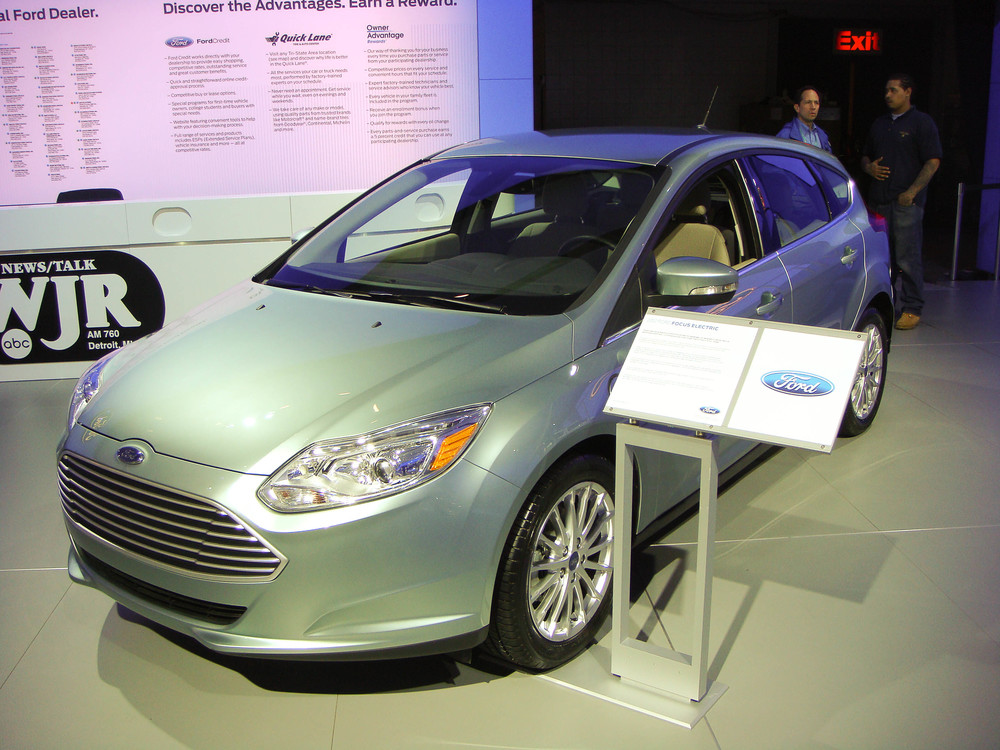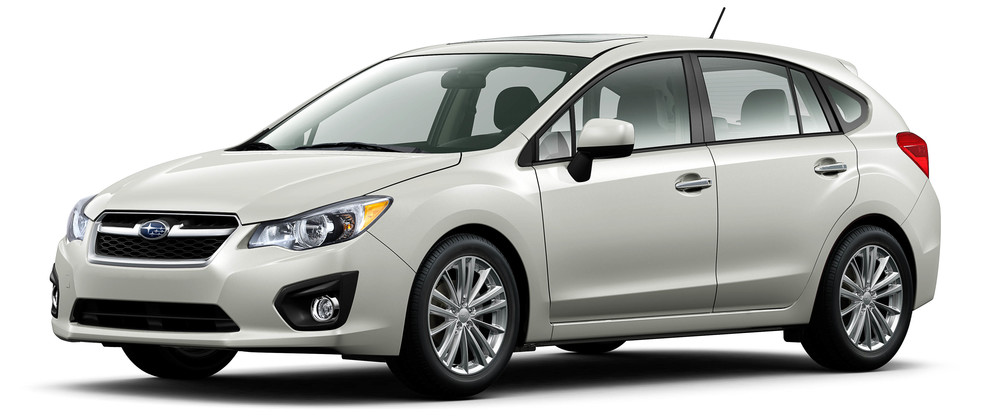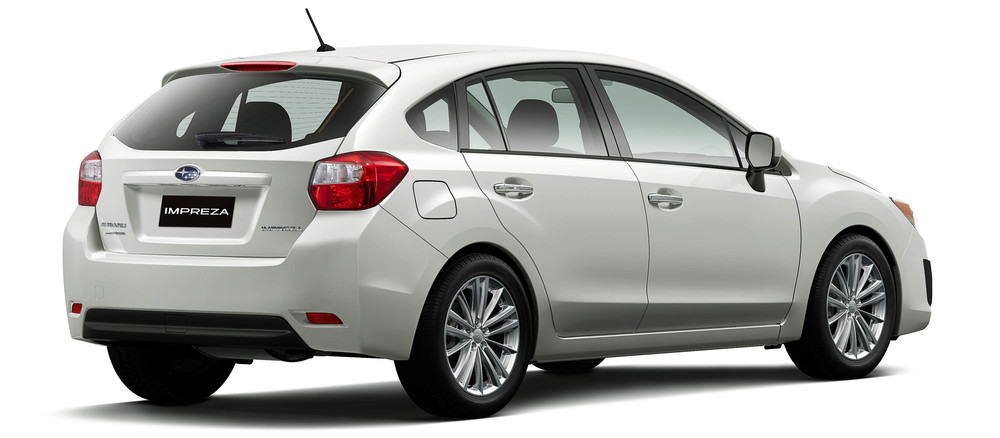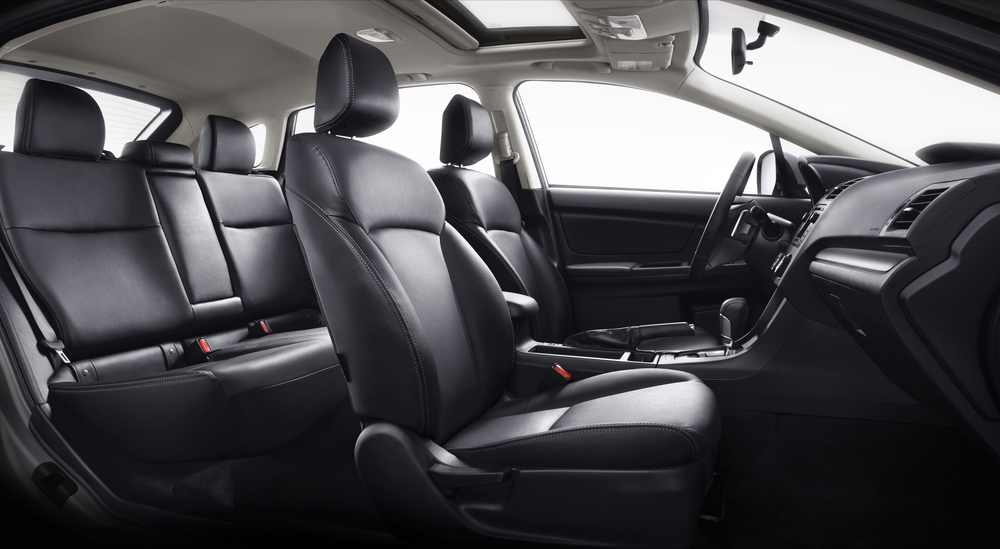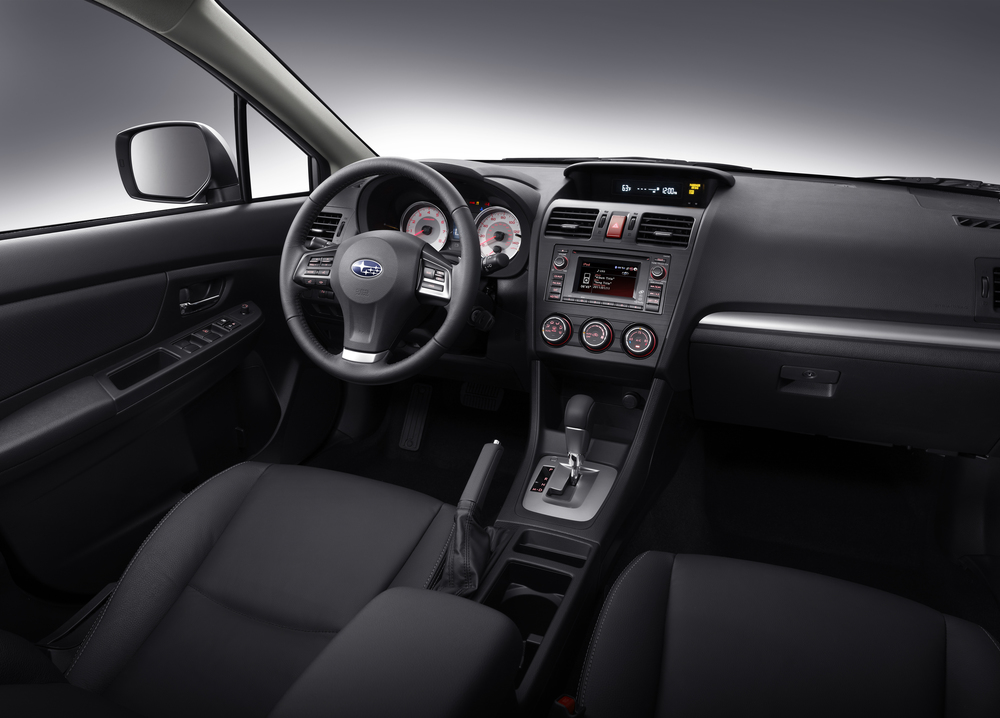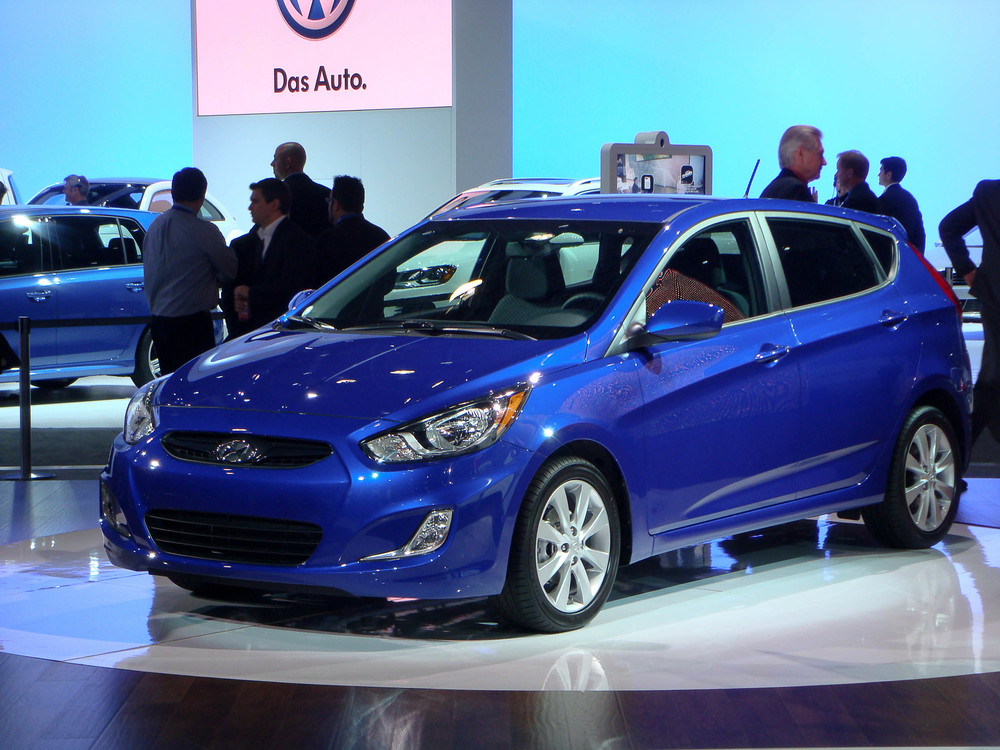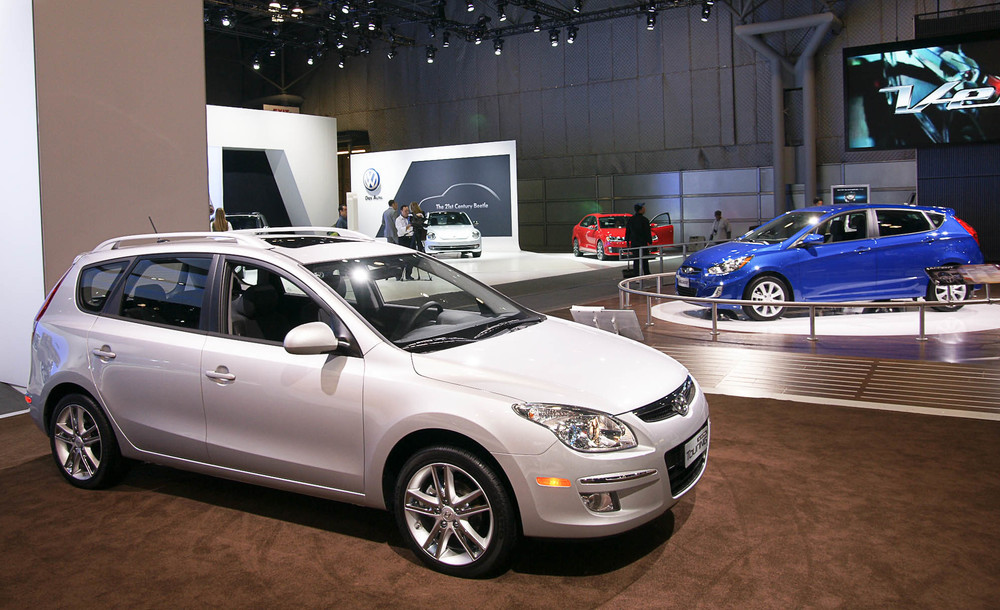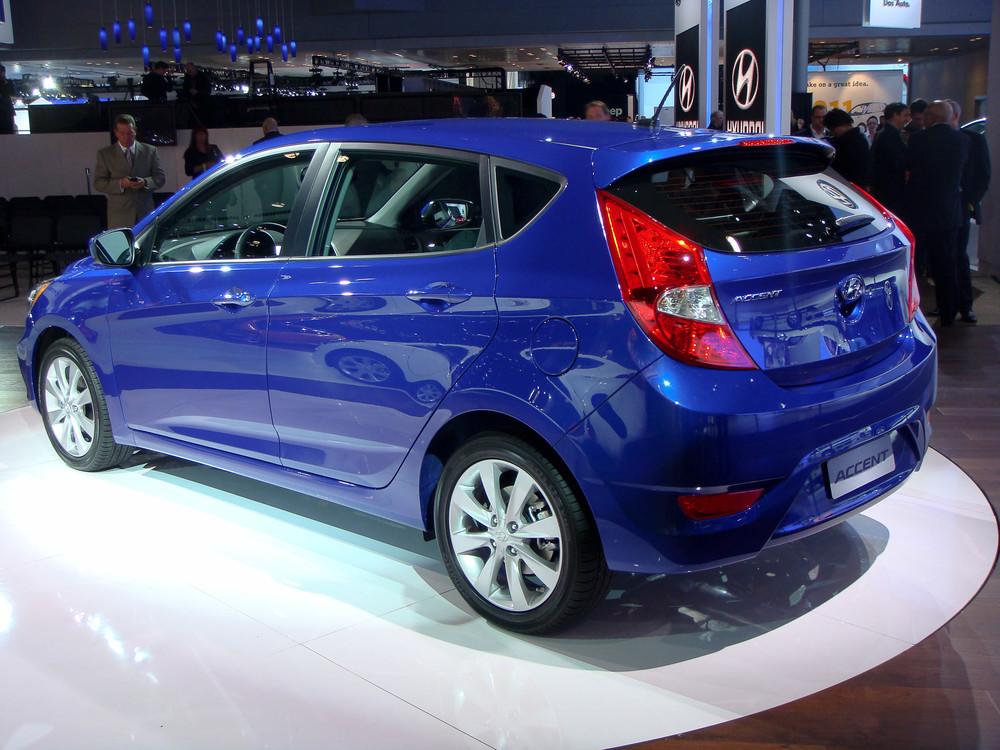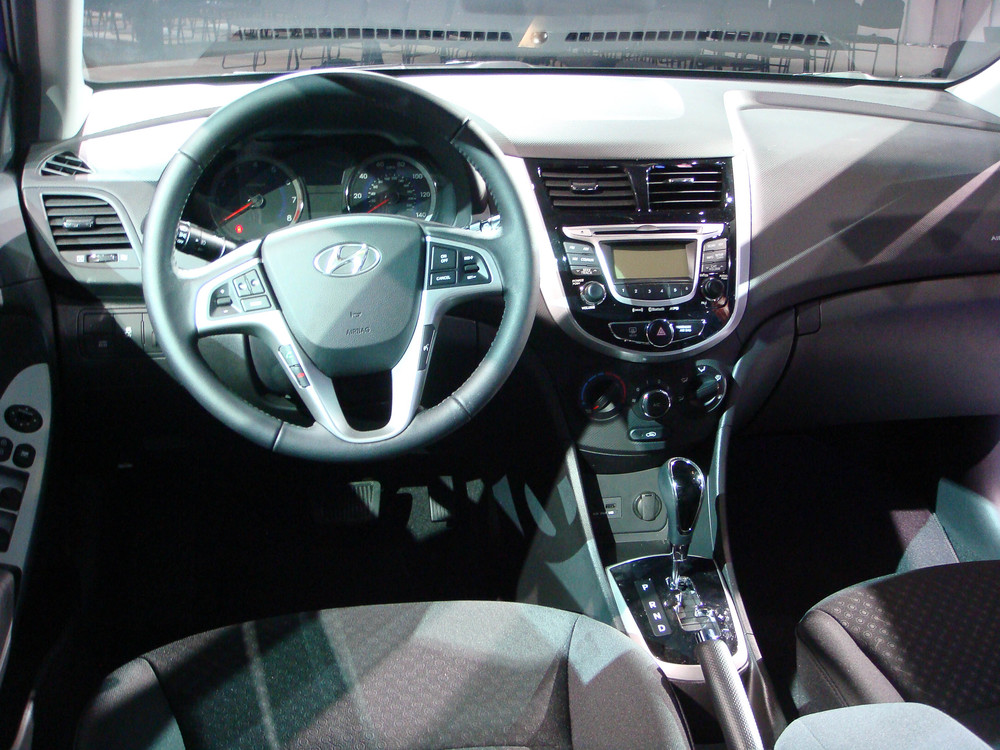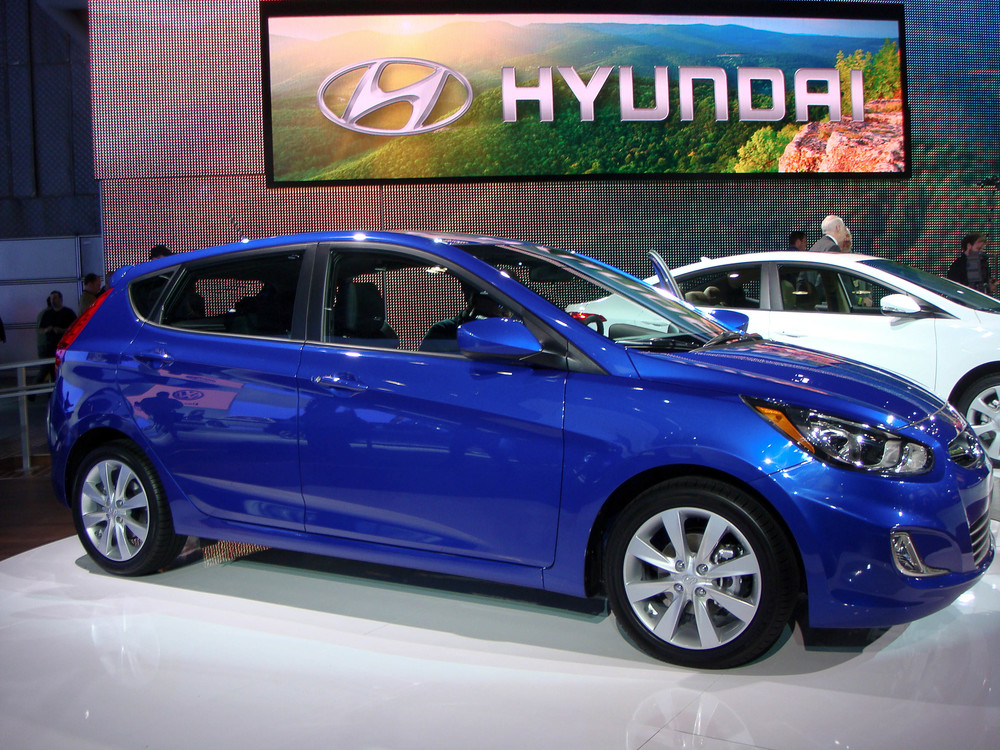Well that took long enough. 10 years after the sale of the first Tesla Model S, the dealer association that runs the New York International Auto Show has finally accepted our electric future. It was inevitable. Of course, Tesla is never invited to any auto show, nor would it need to show off its cars in a traditional show. Tesla, for now, is still big and attractive enough to sell its cars its own way.
Tesla aside, the NYIAS has fully pivoted away from big oil and towards full electrification. The impression I got in a lot of the discussions and presentations was that big oil wasn’t trying to stop this massive shift in energy sources for cars and trucks. It’s as if big oil is just running a “prevent” defense on the flight from gasoline while shifting to renewable energy themselves. And while the automotive industry doesn’t attract the best technology or marketing people, they can see the public demand for EVs become real and permanent. For the old dealers, it seems that they don’t have to waste any time choosing a side. Dealerships are doing really well these days, and a good salesperson can sell gasoline-powered cars until retirement. For the new generation of auto sales and marketing people, EVs are the only game in town.
This year’s edition of the New York International Auto Show (NYIAS) was the first in three long years. There was a wonderful relief to be back at the show as an invited non-credentialed media guest. But it was apparent that the number of presentations, attendees, and even the amount of security was lower in this return. Having said that, there was still a good number of New York car debuts, if you keep track of all the new cars that have ben released in recent months. Setting aside big names like the Ford Bronco, Mach-E and C8, the show saw the New York debuts of the Nissan Z, Subaru Solterra, Hyundai Santa Cruz, Hyundai Ionic 5, Kia EV6, Nissan Ariya, Ford F-150 Lighting, Volkswagen ID Buzz (the Bus), and Toyota GR (Gazoo Racing) Corolla without an event or presentation for any of them.
This week was also the first time the New York show got to see the Nissan Ariya in motion (it did sit at the Formula E race weekend in July 2021). And while not officially in production, New York saw a bonus electric car debut with the INDI ONE. Where is it made? When can we drive it? Why does it market to gamers and Tik Tok users? Why do the LED lights inside and out look like the strip light kits you can get on Amazon? All those questions remain unanswered.
Here are some photos from my miles of walking at the Jacob K Javits Center:
There were more things to do at the show this year despite it being smaller overall. Hyundai offered indoor rides of their beautiful Ionic 5 electric hatchback / wagon. Jeep was back with their Camp Jeep for the 16th time, with a new, taller “mountain” (which really made the ride down a thrill, like a slow roller coaster). Toyota had their safety road course again, featuring at least five different models. In the Javits lower level, there was an EV ride track featuring at least 6 manufacturers, including INDI and VinFast. Toyota had their game show trivia show again (which might be loudest booth at the show), and Subaru was back with their maze-like National Parks themed booth with an impressive LED display floor.
The list of manufactures opting not to appear the New York show grew as Honda / Acura weren’t there. Honda has a new HR-V that city people will surely like, but they will wait to market it. Now I was going to write that BMW, Mercedes, Audi, Porsche and Volvo were no-shows again. But that’s not accurate. Volvo was showing their electric XC40 and C40 on the lower level. BMW had their i4 on the EV ride track, also on the lower level. The Mercedes EQV and Audi e-Tron GT were nominated for multiple World Car awards, so the cars were there, as was the BMW iX4, another nominee. Lamborghini was technically there, with the latest Huracan, the Tecnica. And outside the show, things got interesting. BMW hosted a party after the first press day that quite a few automotive journalists weren’t invited to. I saw Lamborghini activity outside the show, as well as Land Rover / Jaguar. Companies might not be investing in the show, but they know hosting events around it has value. Are auto shows dying? I think they are diminishing in importance. But the New York show is supported by ticket-buying attendees who are always eager to see cars. Embracing electric cars was a very wise move. At $17 per adult ticket, the show should have another successful year.
I think the automotive press agrees that the new car presentations, aside from the Kia Niro and VinFast lineup, were all forgettable. Kia and Hyundai refreshed their big 7-seat family SUVs. Jeep made the Wagoneer and Grand Wagoneer a foot longer and introduced an inline 6 motor that all the Wrangler fans would love as an option. Chevrolet wanted to talk about the electric Silverado a little. Ford just wanted to show the F-150 Lighting and Mach-E in action, which will make a big impression on the show-going public. Nissan let the new Ariya and Z do their talking. Same with Volkswagen and their ID.Buzz. Same with Toyota and their soon to be sold-out GR Corolla. And that was about it. I will remember some of those cars, especially if I one day own an Ariya or Mach-E.
But it was the food that was more memorable. You can check out my food photos in the gallery above.
Here’s what anyone on the press day could have gotten. Lincoln had espresso and lattes, which I think they have had since the brand was given a thorough new look in 2014. Nissan handled the “coffee break” duty in lieu of lunch. They had big, sweet and doughy doughnuts, hot chocolate with rectangular marshmallows as big as Lincoln keyfobs, a tasty sweet and salty trail mix bar (for the new Pathfinder Rock Creek), lattes and virgin cocktails from Curious Elixers out of Tucson. And VinFast took the afternoon reception duties with simple cocktails and small plates.
But it was the Infiniti booth that has reclaimed its place as the place the press wanted to stay in for a while. In previous years (2013-2017 come to mind), they served red and white wine in the afternoon to lure in members of the media to hang out, sip the wine and recharge their lithium-ion batteries. The press day schedule didn’t list Infiniti as provider of breakfast, lunch, or anything else, but they served food from 9am until they ran out. Incredible. What did they have? They had breakfast sandwiches, like sausage egg and cheese on an english muffin, or lox, capers, cucumbers and cream cheese on an everything bagel. They had an excellent supply of Saratoga sparking mineral water. They had various hors d'oeuvres, including a little potato doughnut and a tiny beef filet on a flatbread chip. They had premium wine. For the red they had the 2019 ‘Artemis’ cabernet sauvignon by Stag Leap. And for white they had the 2020 chardonnay by Cakebread Cellars. Three days later, I noticed the same wines for sale at my local elite wine seller, PJ Wine, priced at $70 and $40, respectively. By my under $26 standards, this was premium Napa wine. And I estimate by 4pm on press day, the wine was gone. The loud parties at the high tables supported this. I heard a lot of alcohol fueled laughter.
But maybe it wasn’t the wine. Maybe it was the whisky. That’s right, there was a featured offering that was not only great, they had enough of it to last into the second press day. It was a trio of Japanese whiskys (yes, the Japanese distilleries are trying to enforce that spelling without an e, just like Scotland). Nothing special. There was no Hibiki. But I got a re-introduction to these whiskys. It seems I don’t have to desire top of the line Japanese whiskys at all. These three will do. They were Suntory Toki, Mars Iwai, and Nikka Coffey. I have long seen Japanese whiskys as finely made scotch-style elixirs. And that’s generally true. But with this sampling, I learned that Japanese whisky is more than that. They can fall on a wide range on the whiskey spectrum, with some whiskys tasking like bourbon, scotch and Irish whiskey.
I think this was a perfect introduction to Japanese Whisky. Toki is the ground floor. Sip it, or shake it into a Toki highball (which takes some skill). Mars Iawai has some poor reviews online, but I think the whiskey snobs miss the point. Iwai is really good at what it sets out to do. It is a young whisky that brings some bourbon character to the Japanese distillery scene. It’s totally mixable, and it’s good enough to drink neat thanks to hints of pear and general good balance. Plus, it is cheap ($30), unaffected by the supply shortages at the high end. I’d love to see Mars release whisky that has spent more time in the barrel.
The third whisky was probably the best, Nikka Coffey. Not only the most complex, flavor-wise, but also the most aged. If I had room on my bar cart, I’d get all three! But if I had to choose just one, I’d get the Iwai. Maybe it can make a good old fashioned. Maybe I’ll post about that.
So this wasn’t an auto show at all! It was a good food sampling in a socially-distanced, high ceilinged hall. Until next year!
